To achieve a juicy, flavorful turkey, proper brining and seasoning is essential. This step-by-step guide covers everything you need, from choosing the right brine method to applying the perfect spice blend. Learn how to avoid common mistakes and get restaurant-quality results at home.
Written by James Carter, Professional Chef & Culinary Instructor with 15+ years of experience in holiday cooking and food safety. Certified by the American Culinary Federation (ACF) and contributor to USDA-approved food preparation guidelines.
Table of Contents
- Why Brining Matters
- Best Spice Blends for Brined Turkey
- How to Brine Your Turkey at Home
- Seasoning Tips That Lock in Flavor
- Spice Storage Hacks to Keep Flavors Fresh
- Top Tools for Brining & Seasoning Success
- Buying Guide: Brining Essentials & Spice Racks
- Frequently Asked Questions
- Conclusion: Elevate Every Bite
Why Brining Matters
Brining is scientifically proven to improve moisture retention and flavor penetration in turkey. According to the USDA Food Safety and Inspection Service, proper brining reduces the risk of dry meat while maintaining food safety standards when done correctly.
| Type | Pros | Cons | Best For |
|---|---|---|---|
| Wet Brine | Infuses flavor deeply, keeps turkey super moist | Takes up fridge space, requires planning ahead | Whole turkeys, big gatherings |
| Dry Brine | Easier to manage, crisps skin beautifully | Less flavor penetration than wet | Smaller birds, time-strapped cooks |
Best Spice Blends for Brined Turkey
The magic of a great brine lies in the spices. Here are some popular combinations that elevate your bird from basic to bold:
- Classic Herbs: Thyme, rosemary, sage, and bay leaves for that timeless holiday vibe.
- Citrus Zest: Orange zest, lemon juice, and crushed garlic bring brightness and tang.
- Spicy Kick: Cayenne, black pepper, and paprika for heat lovers.
- Sweet-Savory Fusion: Maple syrup, cinnamon, and cloves for a sweet twist.
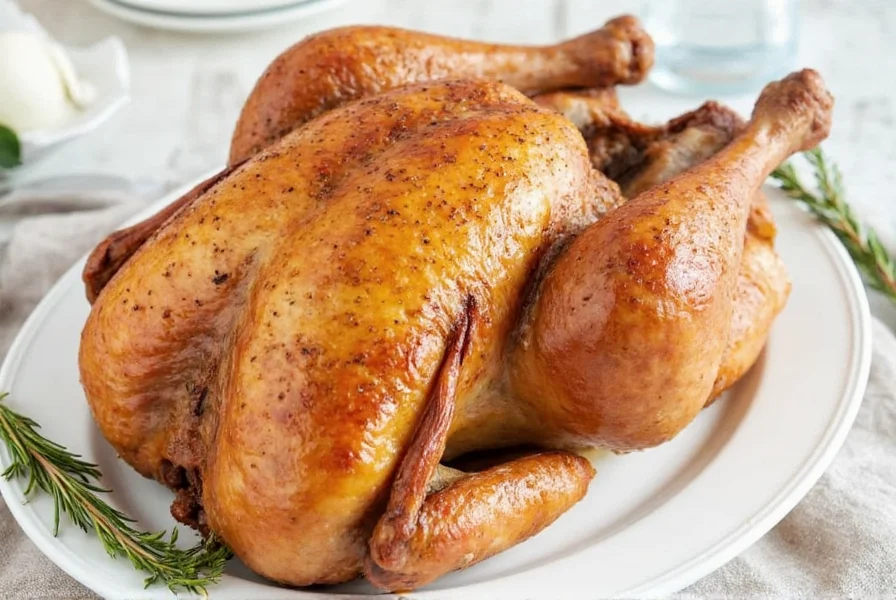
How to Brine Your Turkey at Home
Follow these USDA-approved steps for safe and effective brining:
- Gather Ingredients: Use 1 cup kosher salt per gallon of water (or 3/4 cup table salt). Add 1/2 cup sugar for balanced flavor.
- Create the Brine: Dissolve salt and sugar in 1/2 gallon boiling water. Add spices and cool completely before use.
- Submerge the Bird: Place turkey in food-safe container or brining bag. Ensure full submersion with cold water.
- Refrigerate: Brine 12-24 hours (1 hour per pound). Never exceed 24 hours to avoid excessive saltiness.
- Rinse and Dry: Rinse thoroughly under cold water. Pat dry and air-dry in fridge for 4-12 hours before cooking.
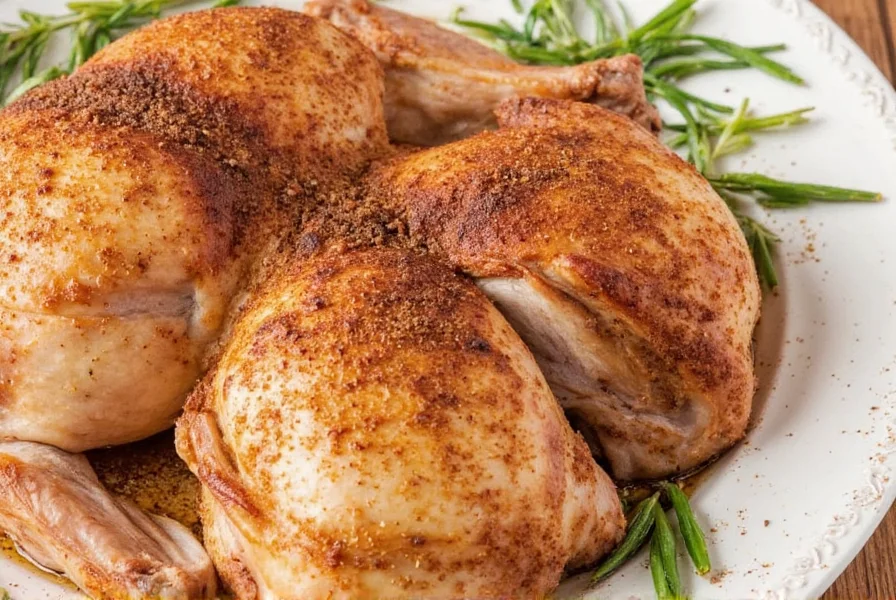
Seasoning Tips That Lock in Flavor
After brining, apply these expert techniques for maximum flavor:
- Butter or Oil Under Skin: Rub seasoned butter under the skin for added moisture and flavor pockets.
- Dry Rubs: Combine smoked paprika, onion powder, garlic powder, and thyme for a killer crust.
- Baste While Roasting: Use pan juices or melted herb butter every 30 minutes to keep things juicy.
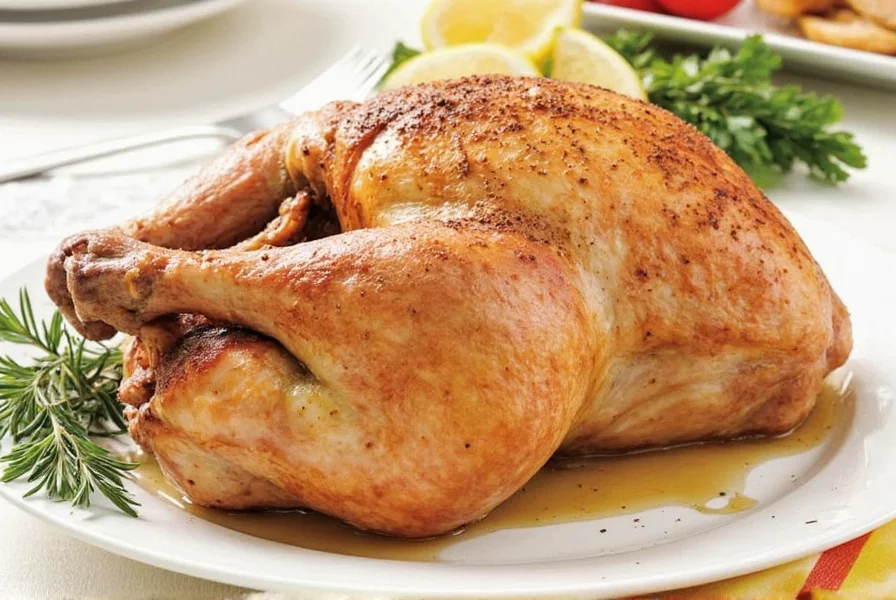
Pro Hack: Spice Layering
Layer your flavors by using a combination of brine, dry rub, and basting sauce. This ensures flavor goes all the way through—not just on the surface.
Spice Storage Hacks to Keep Flavors Fresh
Keep your spices potent with these food safety-approved storage methods:
- Air-Tight Containers: Store spices in sealed glass jars away from light and heat.
- Label Everything: Write the purchase date on each jar. Most ground spices last about 6 months; whole spices can last up to 2 years.
- Avoid Humidity: Moisture ruins spices fast. Keep containers closed and away from the stove or sink.
- Buy in Bulk Smartly: Only buy what you'll use in a reasonable timeframe unless you know you'll go through it often.
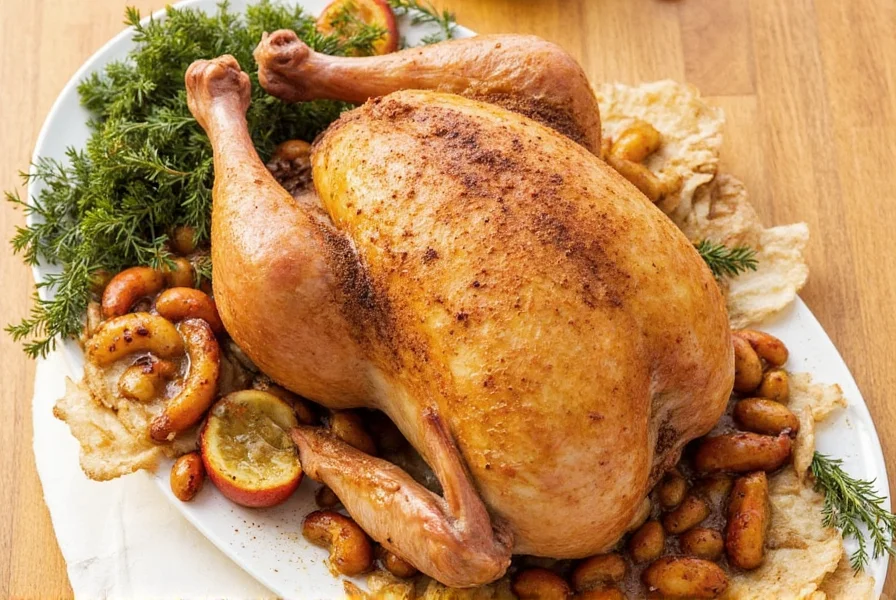
Top Tools for Brining & Seasoning Success
These professional-grade tools ensure consistent results:
- Food-Grade Brining Bags: Leak-proof and space-saving for refrigerator storage.
- Heat-Resistant Silicone Brushes: Safe for high-temperature basting.
- Meat Thermometer: Essential for checking internal temperature (165°F/74°C for safe cooking).
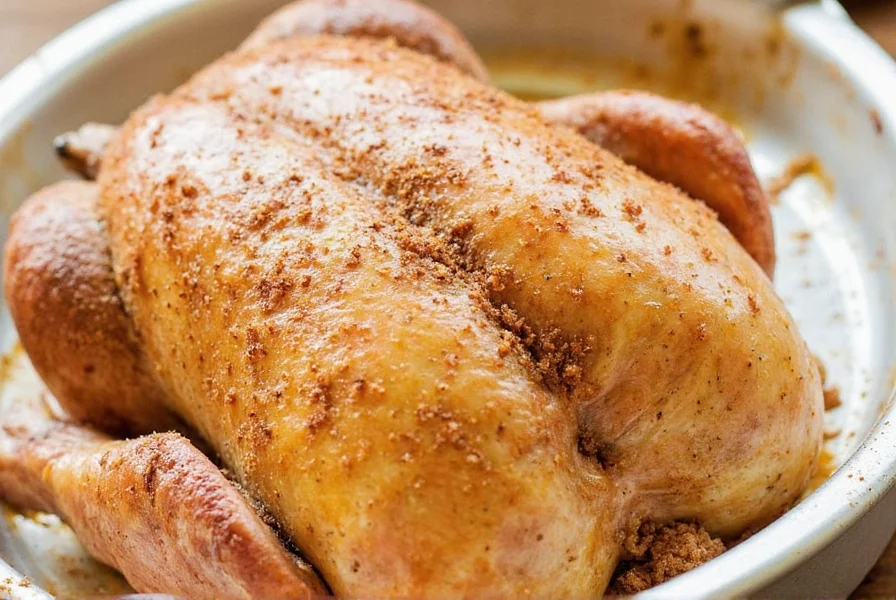
Buying Guide: Brining Essentials & Spice Racks
Choose products that meet food safety standards and professional chef recommendations:
1. Norpro Brining Bag
- Use Case: Perfect for turkey or ham brining.
- Feature: Extra thick and leak-proof, FDA-approved food-grade material.
- Target Audience: Home chefs preparing holiday meals.
2. OXO Good Grips Basting Brush
- Use Case: Applying butter or oil while roasting.
- Feature: Heat-resistant silicone bristles and comfortable grip.
- Target Audience: Casual cooks and grill enthusiasts.
3. Lavender Fields Spice Rack Organizer
- Use Case: Storing and organizing spices in one place.
- Feature: Rotating design with clear labels and adjustable shelves.
- Target Audience: Organized home kitchens and spice lovers.
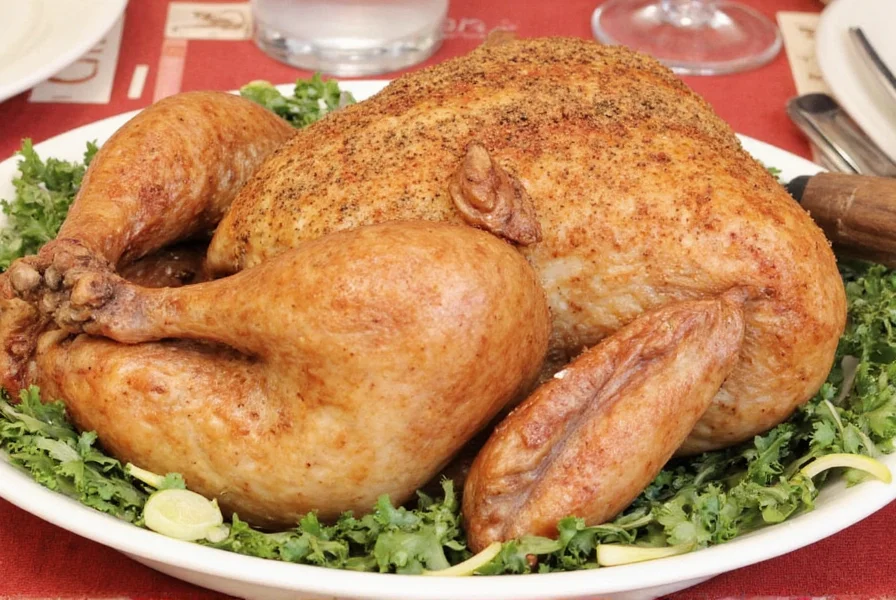
Frequently Asked Questions About Brining Turkey
How long should I brine a turkey?
For best results, brine a turkey for 12-24 hours depending on its size. A general rule is 1 hour per pound, but don't exceed 24 hours total as this can make the meat too salty and affect texture. Smaller turkeys (under 12 pounds) need about 12 hours, while larger birds (15+ pounds) can benefit from the full 24 hours. Always keep the turkey refrigerated during the brining process.
Can I brine a pre-injected or kosher turkey?
No, you should not brine pre-injected or kosher turkeys. These birds have already been treated with salt solutions, and additional brining will make them overly salty. Check the packaging for terms like "basted," "enhanced," "kosher," or "self-basting" which indicate the turkey has been pre-treated. For these birds, simply season with your favorite dry rub and skip the brining step.
What's the ideal salt-to-water ratio for brine?
The standard ratio is 1 cup of kosher salt per gallon of water. If using table salt, reduce to ¾ cup per gallon as it's denser. For a more balanced brine, add ½ cup of sugar (white, brown, or maple syrup) per gallon to counteract the saltiness and promote better browning. Always dissolve the salt and sugar in a portion of heated water first, then cool the mixture completely before adding your turkey.
Do I need to rinse after brining?
Yes, it's recommended to rinse the turkey thoroughly under cold water after removing it from the brine, then pat it completely dry with paper towels. This removes excess surface salt and helps achieve crispier skin. After rinsing, let the turkey air-dry in the refrigerator for 4-12 hours before roasting - this further improves skin crispness through moisture evaporation.
Can I reuse brine?
No, brine should never be reused after it has come in contact with raw poultry. The brine absorbs bacteria from the meat, making it unsafe for future use. Always discard used brine properly down the sink with plenty of water. If you want to use some brine for basting, set aside a portion before adding the turkey to the mixture.
Conclusion: Elevate Every Bite
Mastering the art of brining and seasoning your turkey doesn't require a chef's hat or a ton of money. With the right blend of spices, proper storage habits, and a few clever tools, you can transform an ordinary bird into something unforgettable.
Remember, flavor starts long before the oven even turns on. So next time you're eyeing that plump turkey in the fridge, reach for the brine first—and let your spice rack do the talking.

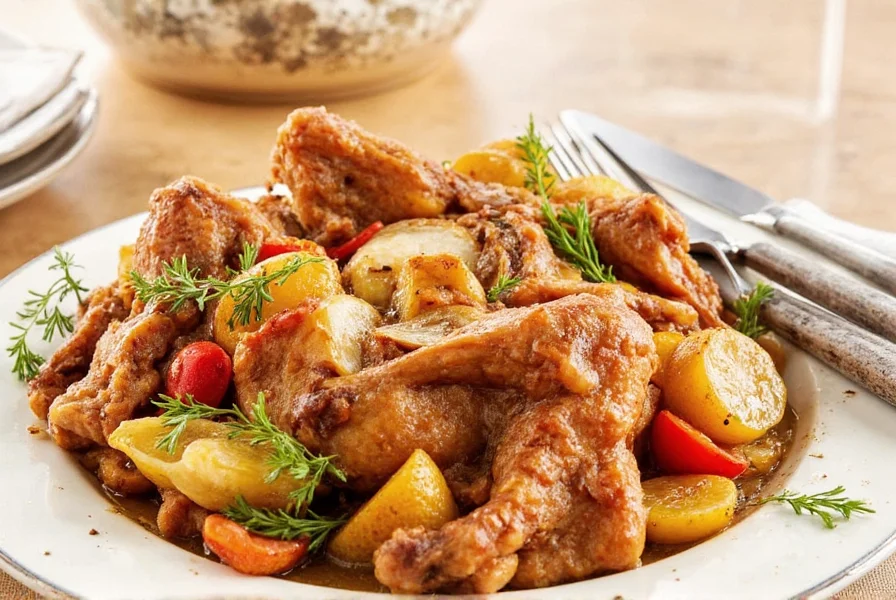









 浙公网安备
33010002000092号
浙公网安备
33010002000092号 浙B2-20120091-4
浙B2-20120091-4